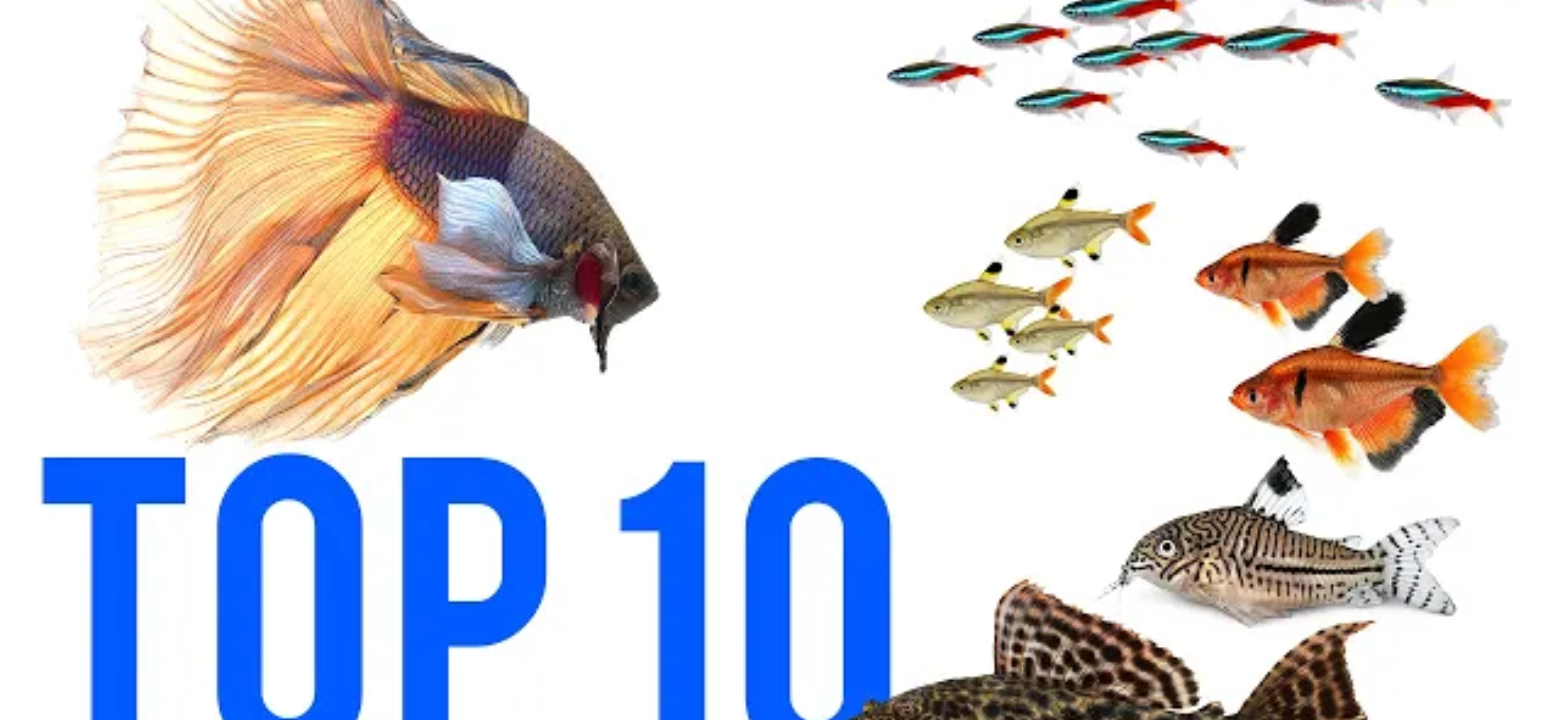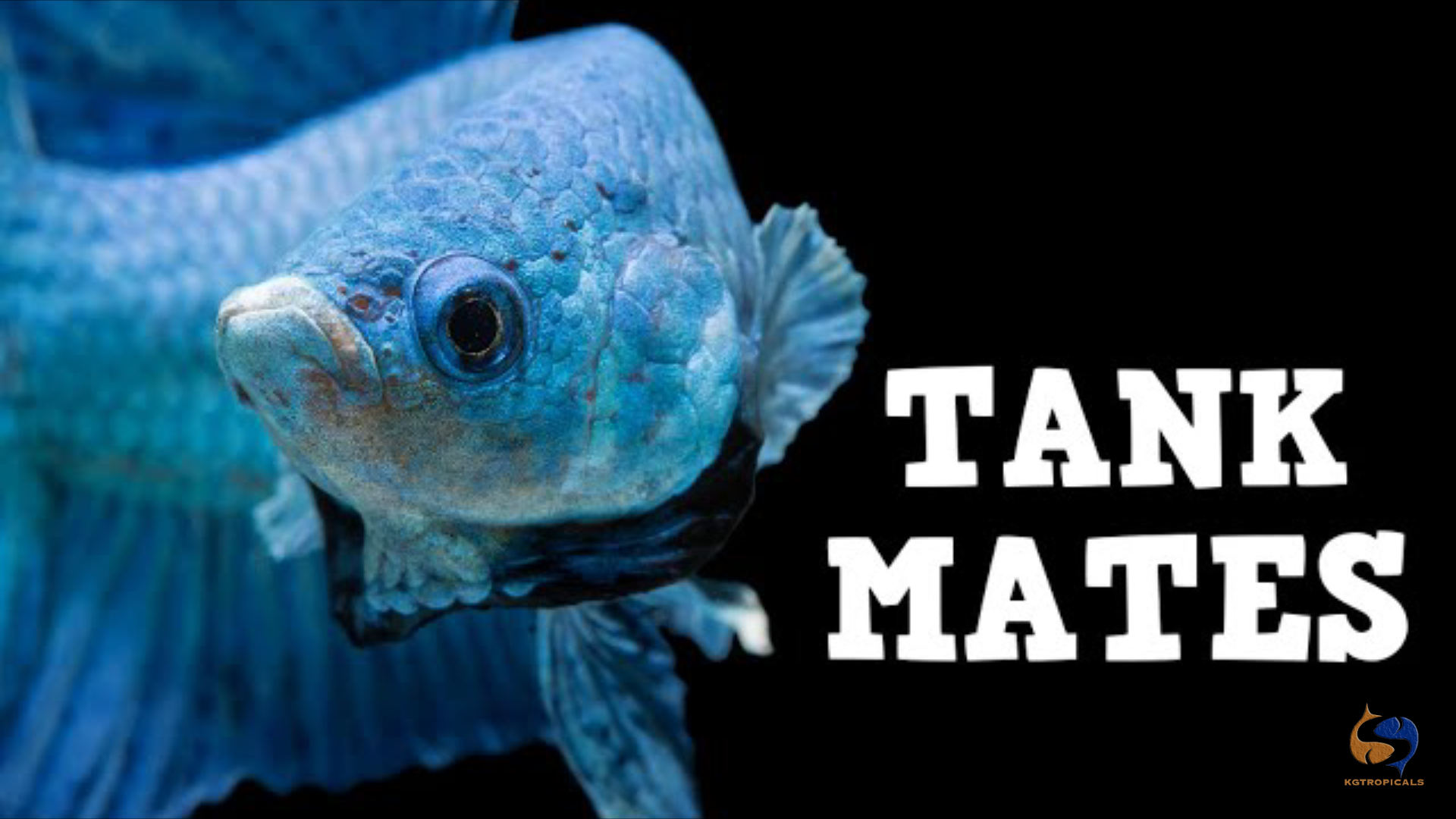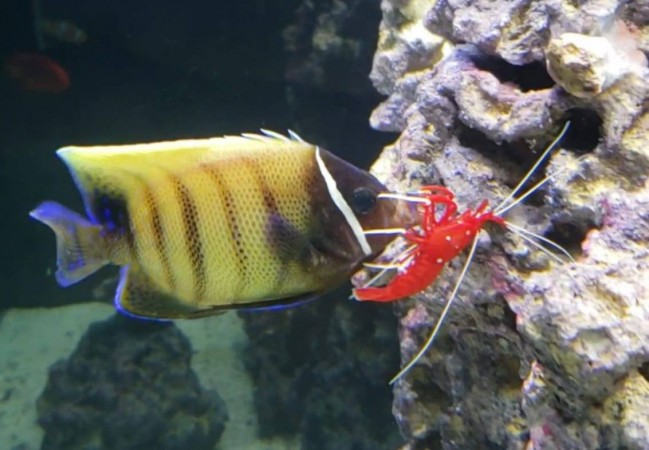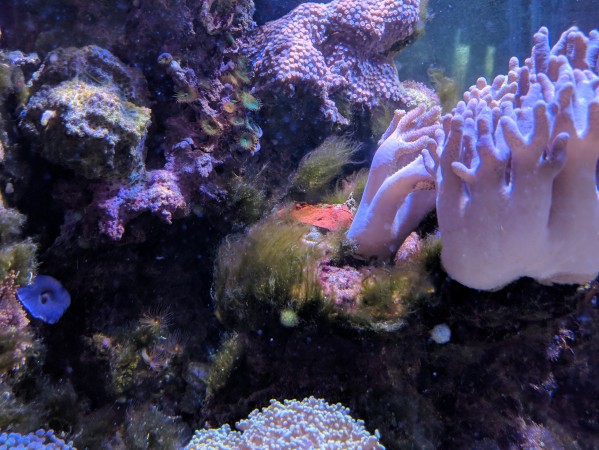- Name:
Abalone Snail
- Family: Haliotidae
- Species: Snail
- Scientific Name: Haliotis sp
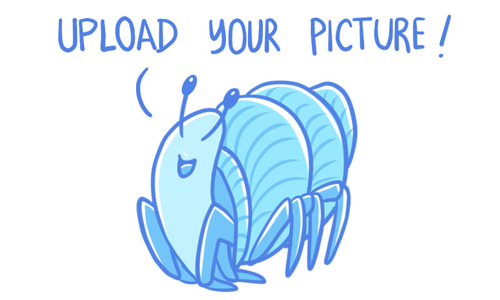
More Details
General info about Abalone Snail
Haliotis sp. has a unique pear-shaped shell dressed by a line of respiratory holes near the outer edge. It has an iridescent interior and a mantle covered with numerous papillae. Besides being beautiful, this member of the Haliotidae family serves an important role. As it glides along your aquarium substrate and glass, the Abalone feeds on algae. Generally nocturnal, wild Abalones find refuge in holes or crevices in rocks and coral during the day and come out at night to feed. In the home aquarium, the Abalone needs ample hiding locations and should not be kept with aggressive, snail-eating crabs, invertebrates, or fish. Unlike its wild counterparts, aquacultured Abalone prefers cooler water temperatures. Care also needs to be taken if attempting to remove an Abalone from rockwork or aquarium glass, as it can attach its foot very firmly and be difficult to move. It also requires proper calcium levels to help promote shell growth and, like other invertebrates, cannot tolerate high nitrate levels, copper-based medications, or fluctuations in water parameters.
Relevent Articles
Original Detail
| Name | Species | Family | Scientific Name | More Detail | Added by |
|---|---|---|---|---|---|
| Abalone Snail | Snail | Haliotidae | Haliotis sp | Haliotis sp. has a unique pear-shaped shell dressed by a line of respiratory holes near the outer edge. It has an iridescent interior and a mantle covered with numerous papillae. Besides being beautiful, this member of the Haliotidae family serves an important role. As it glides along your aquarium substrate and glass, the Abalone feeds on algae. Generally nocturnal, wild Abalones find refuge in holes or crevices in rocks and coral during the day and come out at night to feed. In the home aquarium, the Abalone needs ample hiding locations and should not be kept with aggressive, snail-eating crabs, invertebrates, or fish. Unlike its wild counterparts, aquacultured Abalone prefers cooler water temperatures. Care also needs to be taken if attempting to remove an Abalone from rockwork or aquarium glass, as it can attach its foot very firmly and be difficult to move. It also requires proper calcium levels to help promote shell growth and, like other invertebrates, cannot tolerate high nitrate levels, copper-based medications, or fluctuations in water parameters. | PalaciosAn |
Changed by users
| Submitted Date | Submitted By | Status | Action |
|---|


